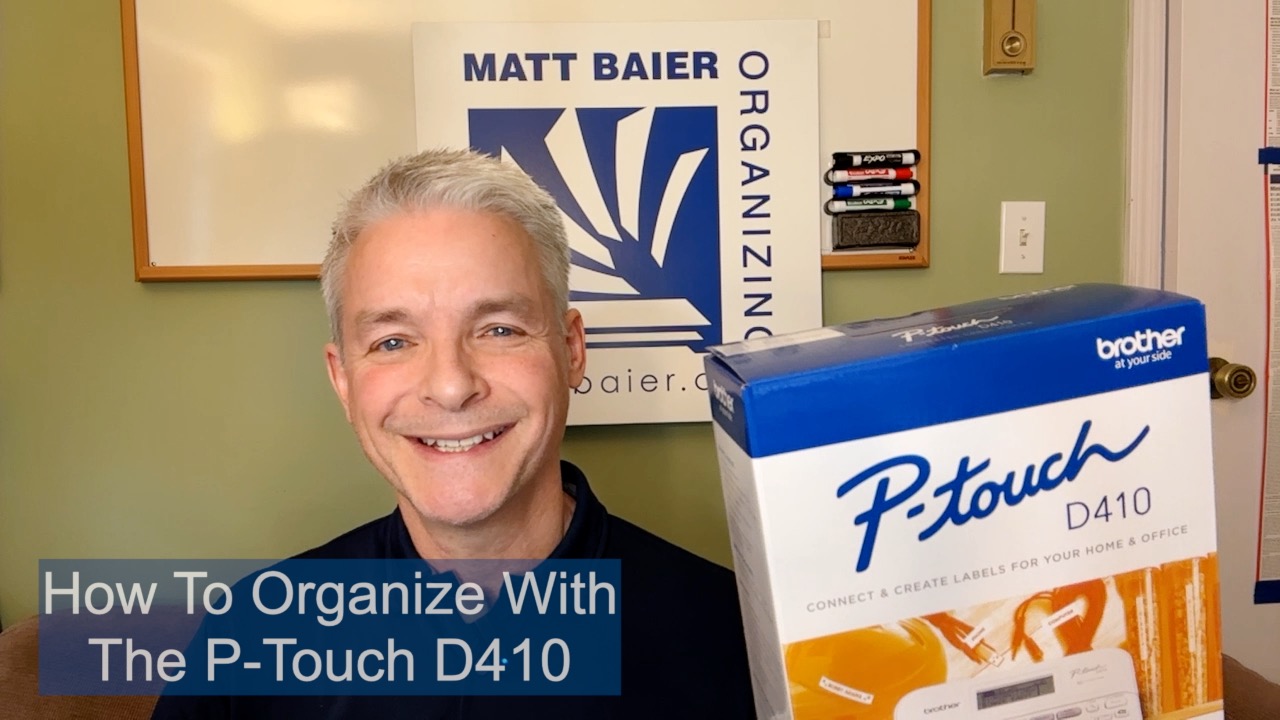Organization techniques are not only useful for the home, but also for organizing IN and OUT of storage units. There are essentially two storage scenarios, accessible and transitional. The first is, you simply don’t have enough storage room in your home, so you need seasonal or temporary accessibility.
The second is, your life is in some sort of transition, so the stuff stays there until you have a plan for reassignment. Of course, you can have a combination of both, and sometimes those intended transitions never happen. But I’m just going to address the purely accessible and transitional.
Accessible
To keep your storage accessible, this requires following many of the same storage rules you would in your home.
-
Go vertical
Storage units tend to be quite high, so take advantage of that height by installing simple shelves. The more often you are likely to access items, the closer they should be to eye level.
-
Leave some free floor space
Completely filling your floor is the surest way to deny accessibility, so don’t. Create a U-shape pattern of shelves and stacks. That way you can stand in the gap and access all sides.
-
Awkwards in corners
Items that don’t shelve or stack well can be supported in the dead space between the corners and the shelves.
-
Moveables in the entry
If you must fill the gap of the “U”, choose moveable objects like bicycles or carts. Then it is easier to roll the items out of the way, to gain access.
Transitional
To keep your storage transitional, this requires a little strategizing.
-
Simple inventory
Any transfer to a storage locker is likely to make for a busy day. So, it is understandable if you are inclined to skip this step. So be very general and limit it to this:
- Furniture pieces and how many
- Smaller items by general category and number of bins/boxes
You might think you will remember, but you won’t. This information will empower you to make an exit strategy.
-
Do the math
Doing the math helps you be realistic and make better decisions about what you are storing. For example, let’s say you are paying $200 a month for a 10-foot by 10-foot unit (10×10). Half of it is full of furniture you are hoping to fit it into a larger house someday. That’s $1200 a year. Is “someday” closer to a year from now or 10 years from now? Just how much do you love this furniture? Is it worth it? Do the math.
-
Divide and conquer
You can’t start emptying your storage locker without a clear plan for where it’s all going to go. A variety of item values, require a variety of resources for storage reduction. You might need an auction house for items that you can sell. For mattresses, car seats, and other discards, you will need a hauling service. For items to donate, you may choose to rent a van or use that hauling service. If you have multiple units, the process is easier if you sort them by destination.
-
Elimination vs. reduction
It may be best to start with the goal of reduction instead of elimination. 100% storage elimination is a goal you will put off longer. It is a LOT of work. Whereas, reducing two units to one, or reducing a 10×10 unit to a 10×5 unit is manageable. Not only will you immediately start paying half, but you will be better informed on what remains. You increase your likelihood of tackling the second half.
So that’s it on organizing IN and Out of storage units. If you have any experience regarding organizing (or lack thereof) in storage units, I’d love to hear about them below!
Please Share With Your Community
Testimonials
What some of our clients are saying
Imagine An Organized Home
















